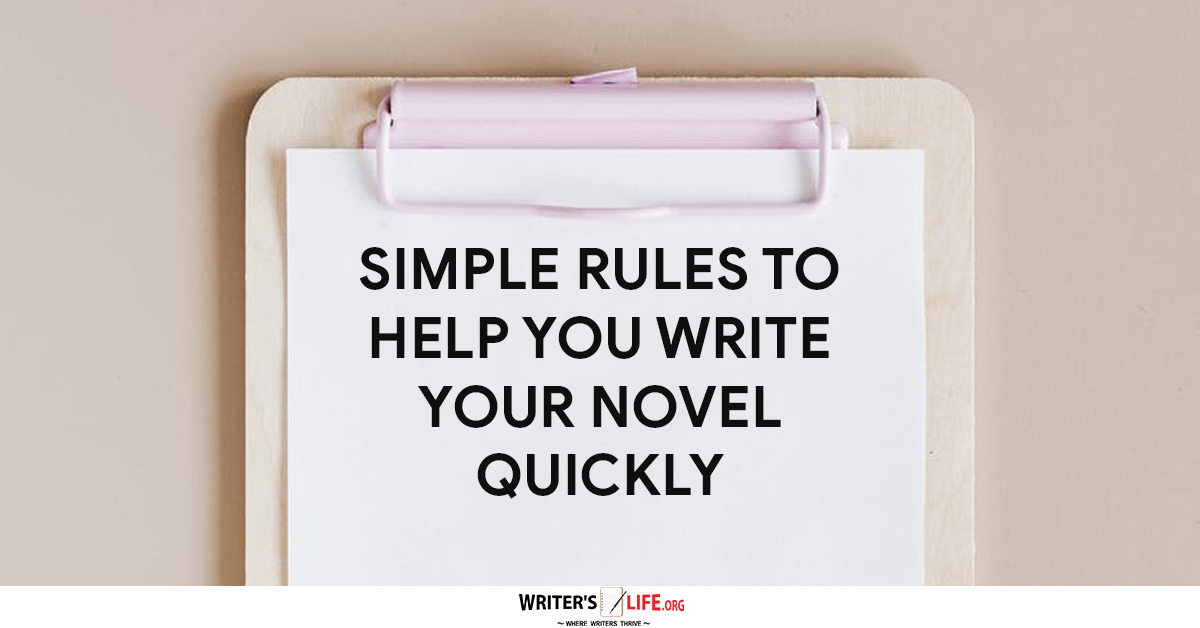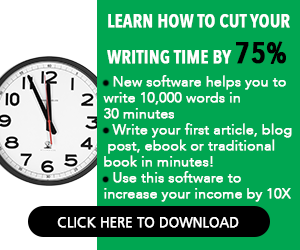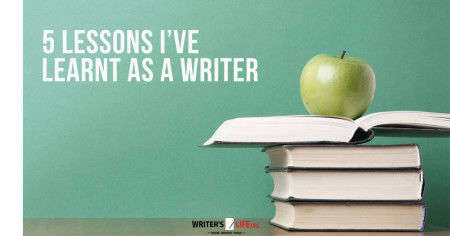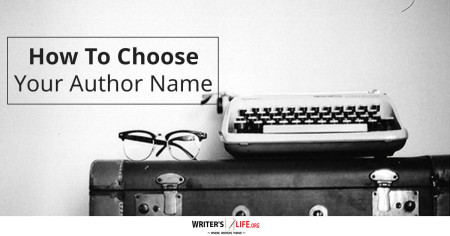- How To Tackle Jealousy In Creative Writing
- Common Submission Mistakes
- How To Stop Your Blog Becoming Boring
- The One Thing Every Successful Writer Has In Common
- How To Make Yourself Aware Of Publishing Scams
- Why Almost ALL Writers Make These Grammar Mistakes At Some Point
- 5 Tips For Authors On How To Deal With Rejection
- Top Mistakes to Avoid When Writing a Novel
- How to Avoid Common New Writer Mistakes
- 10 Mistakes New Fiction Writers Make
How To End Your Chapters Well

Every writer knows that ending your chapters well is crucial. You want to bring that particular scene or a piece of action to an end, while also leaving everything on a mini cliffhanger so your readers can’t wait to pick up your book again and find out what happens next!
The art of breaking your book up into chapters is something that authors should pay attention to. Understanding appropriate points to have a chapter break will create suspense, and keep your readers reading.
Only you will know when it feels right to end a chapter and begin a new one - it is a personal, creative decision. You may wish to keep your chapters all roughly the same length, for example, or mix them up. You may wish to give each chapter an enticing title, you may wish to make each chapter switch to a different character's point of view.
Whatever you decide to do, there are some simple techniques for chaptering that every writer should employ, regardless of the type of book they are writing.
Write first, do your chaptering later
While many authors find writing chapter outlines very useful, if you are determined to stick to these no matter what, this could end up being detrimental to your story. As you write you'll find that it becomes easy to end and begin chapters where there are natural breaks in the story. Even if these don’t stick to your original plan, it’s better to go with your instincts then fight against them for the sake of it. This way your chapters will end organically rather than seeming forced. When you have finished your book you can go through each chapter individually and shift your beginnings and endings if you feel that they aren’t in the right place.
Think about what each chapter should contain
Every chapter should be a mini story all of its own. It should have a beginning, middle and an end. At the end of each chapter, the reader should feel as though the story has advanced and that they know a little bit more than they did before. Each chapter should have its own dramatic action, should reveal more about your characters, and, of course, end in such a way that the reader doesn’t want to put your book down.
Use chapters to direct your reader
End a chapter when your story requires a change, a shift in pace or a turning point. Chapters can be used to help the readers follow the characters on their journey, but also to draw attention to things. An unexpectedly short chapter that is packed with revelations or dramatic action will capture the reader's attention. Similarly, one that is full of mystery will signify to your readers that they should take note of the details and will stick with them in their minds until the big reveal.
Ending your chapters well will always leave the readers wanting more. We all want our books to be those ones readers describe as ‘unputdownable’, and paying attention to your chaptering will help make your book just that!
Bethany Cadman -author of 'Doctor Vanilla's Sunflowers'





















